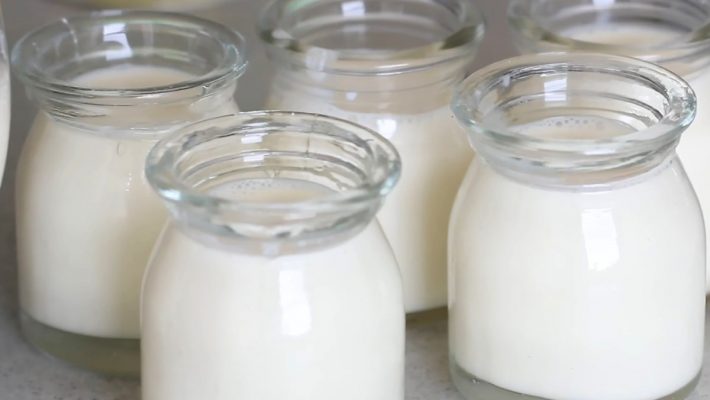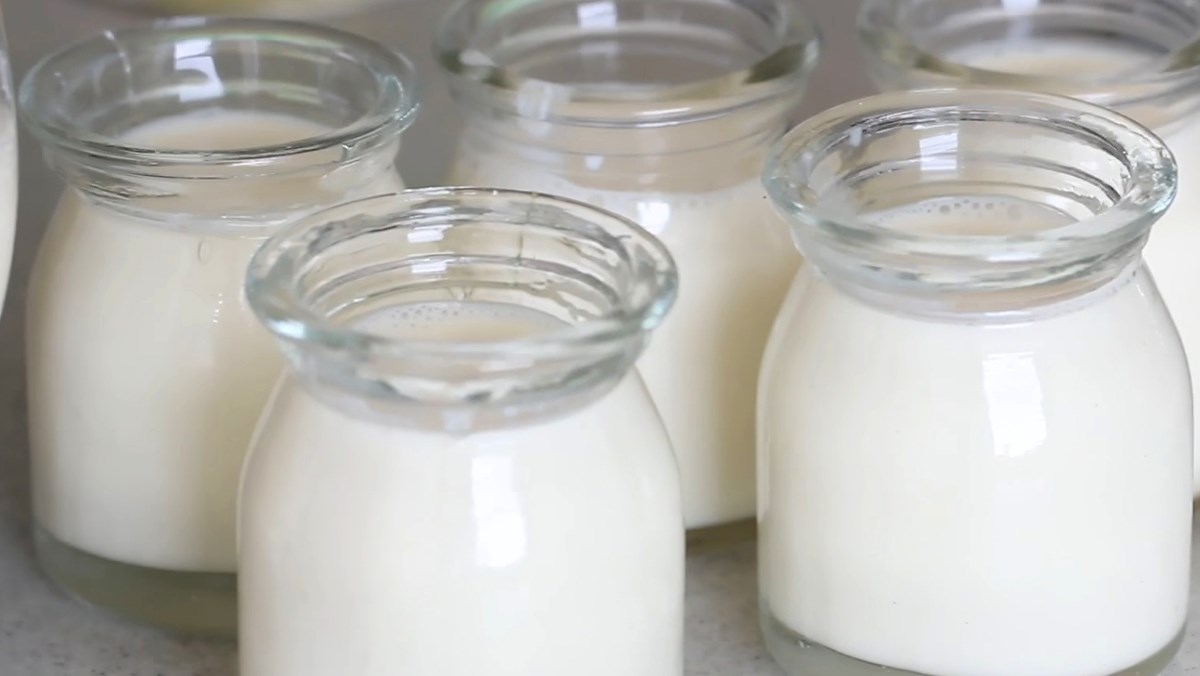Introduction
Welcome to our comprehensive guide on using modified starch in yogurt production. In this post, we will delve into the world of modified starch, exploring its benefits, types, application methods, and effects on yogurt texture and stability. Whether you’re a yogurt manufacturer seeking to improve your products or a yogurt enthusiast curious about the science behind your favorite treat, this post is for you. Let’s unlock the secrets of modified starch and discover how it can elevate the quality and enjoyment of yogurt.

Benefits of Modified Starch in Yogurt Production
Modified starch offers a multitude of advantages when incorporated into yogurt manufacturing. One of the key benefits is its ability to enhance texture, giving yogurt a smoother and creamier mouthfeel. Additionally, modified starch acts as a stabilizer, preventing syneresis (whey separation) and maintaining yogurt’s desired consistency throughout its shelf life. Furthermore, the use of modified starch can extend the product’s freshness, improving its overall quality. By understanding and harnessing the benefits of modified starch, yogurt manufacturers can create products that stand out in the market and satisfy consumer preferences.
Types of Modified Starch Used in Yogurt Manufacturing
Various types of modified starch are commonly employed in yogurt production, each with its unique properties and functionalities. Tapioca starch, derived from the cassava root, is renowned for its excellent water-holding capacity, making it an ideal choice for enhancing yogurt’s creaminess. Corn starch, on the other hand, offers good thickening properties, contributing to the desired viscosity of yogurt. Other types, such as potato starch and rice starch, bring their own advantages to the table. Understanding the characteristics and functionalities of each type is crucial for selecting the most suitable modified starch for your specific yogurt formulation.
Application Methods of Modified Starch in Yogurt Production
Incorporating modified starch into yogurt can be achieved through various application methods. Direct addition involves blending the starch directly into the yogurt mix, ensuring proper dispersion. Pre-gelatinization, on the other hand, involves hydrating and heating the starch before adding it to the yogurt mix. Combining both methods can offer enhanced texture and stability. Each application method presents its own benefits and considerations, depending on factors such as production scale, equipment availability, and desired final product attributes. Understanding these methods will empower yogurt manufacturers to make informed decisions and optimize their processes.
Effects of Modified Starch on Yogurt Texture and Stability
Modified starch plays a critical role in influencing yogurt’s texture and stability. By controlling water binding, it helps create a smooth and velvety mouthfeel. The proper balance of starch viscosity and gel strength contributes to the desired firmness and creaminess of yogurt. Additionally, modified starch acts as a stabilizer by forming a network that traps water and prevents syneresis. These effects are essential for maintaining consistent quality and preventing undesirable texture changes throughout the product’s shelf life. Understanding the scientific principles behind these effects allows yogurt manufacturers to tailor their formulations and processes to achieve the desired yogurt attributes.

Considerations for Choosing the Right Modified Starch for Yogurt
Selecting the appropriate modified starch for your yogurt formulation requires careful consideration of several factors. First, determining the desired viscosity and texture characteristics will help guide the choice of starch type. Process conditions, such as pH and temperature, should also be taken into account to ensure compatibility with the manufacturing process. Furthermore, considerations such as labeling requirements, clean label alternatives, and consumer preferences for natural ingredients may influence the choice of modified starch. Collaborating with ingredient suppliers and conducting thorough testing will enable yogurt manufacturers to make informed decisions and create products that meet both quality standards and consumer expectations.
Regulatory and Labeling Requirements for Modified Starch in Yogurt
When incorporating modified starch into yogurt production, it is essential to understand and comply with relevant regulatory and labeling requirements. Different countries and regions may have specific regulations governing the use of modified starch in food products, including yogurt. Manufacturers must ensure compliance with these regulations to maintain food safety and transparency. Additionally, accurate and clear labeling of modified starch as an ingredient is crucial to inform consumers about the product’s composition. By staying updated on regulatory standards and following labeling guidelines, yogurt manufacturers can confidently incorporate modified starch into their products while meeting legal obligations.
Innovations and Future Trends in Modified Starch for Yogurt
The world of modified starch is constantly evolving, driven by innovation and consumer demands. Clean label alternatives to modified starch are gaining traction, as consumers seek more natural and recognizable ingredients. Manufacturers are exploring novel functionalities of modified starch, such as improved freeze-thaw stability and fat reduction capabilities. Emerging trends also include the use of modified starch to create innovative textures and sensory experiences in yogurt. Staying informed about these innovations and future trends can help yogurt manufacturers stay competitive and meet evolving consumer preferences.
Modified Starch in Enhancing Yogurt Quality
Modified starch is a versatile ingredient that offers numerous benefits for yogurt production. From enhancing texture and stability to extending shelf life, it plays a crucial role in creating superior yogurt products. By understanding the different types, application methods, and effects of modified starch, yogurt manufacturers can optimize their formulations and processes to meet consumer expectations. Collaboration with ingredient suppliers, adherence to regulatory requirements, and staying abreast of industry innovations will ensure the successful utilization of modified starch in yogurt production. Embrace the potential of modified starch and elevate the quality of your yogurt creations, delighting consumers with every spoonful.
Where to Buy Modified Starch for Yogurt?

At EXPORTVN, we are a leading supplier of high-quality modified starch for yogurt production. With a deep understanding of the food industry and a commitment to excellence, we provide premium ingredients that enhance the quality, texture, and stability of yogurt products. Our extensive range of modified starch options caters to the diverse needs of yogurt manufacturers, ensuring exceptional results every time.
As advocates of food safety and compliance, we adhere to rigorous quality control measures and source our modified starch from trusted and reliable producers. Our team of experts is dedicated to assisting customers in selecting the most suitable modified starch for their specific yogurt formulations, taking into consideration factors such as desired viscosity, process conditions, and labeling requirements. You should consult experts for more specific advice.
With a seamless online ordering process and prompt delivery, we prioritize customer satisfaction and aim to build long-term partnerships. Whether you are a small-scale producer or a large manufacturing facility, we are here to support your yogurt production needs with our premium modified starch products. Trust EXPORTVN as your go-to supplier for top-notch modified starch and elevate the quality and success of your yogurt creations.
Click here to contact sales team.


